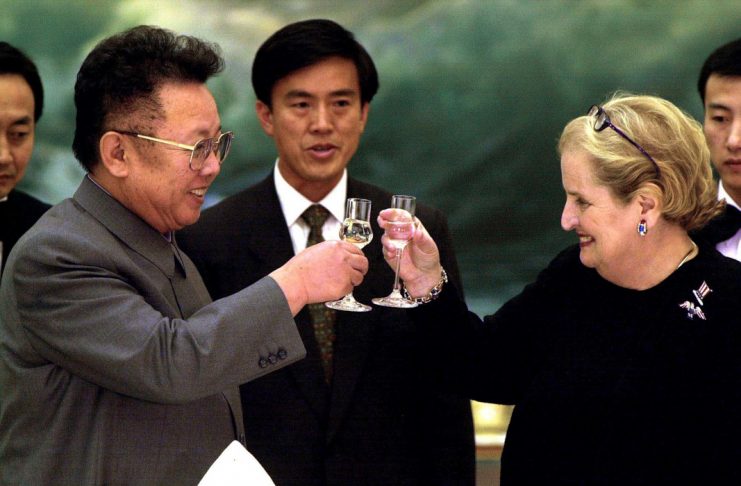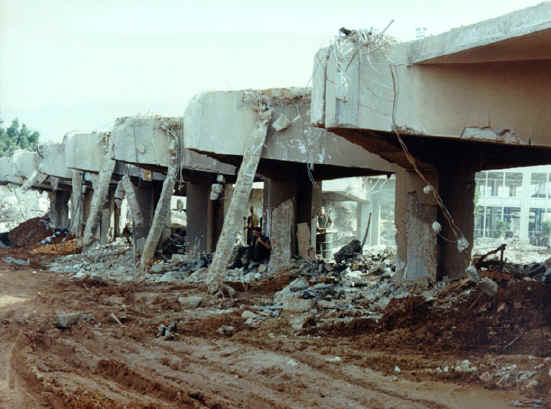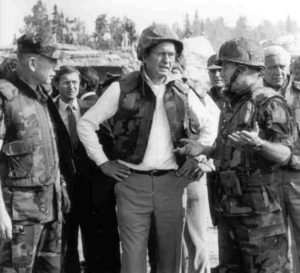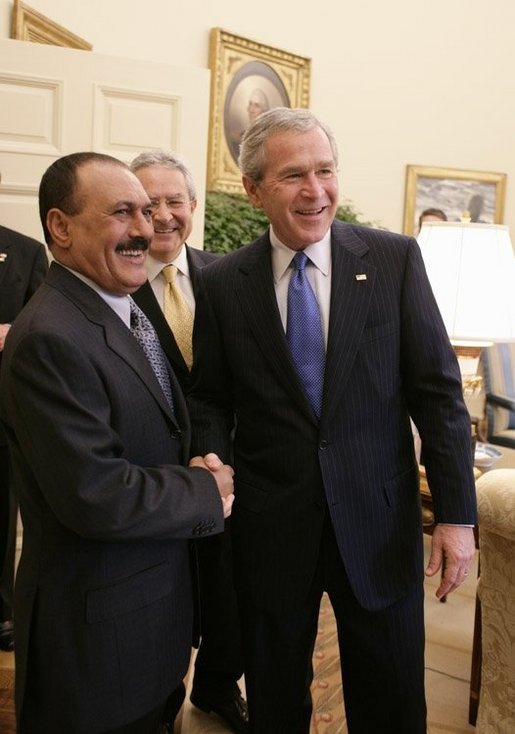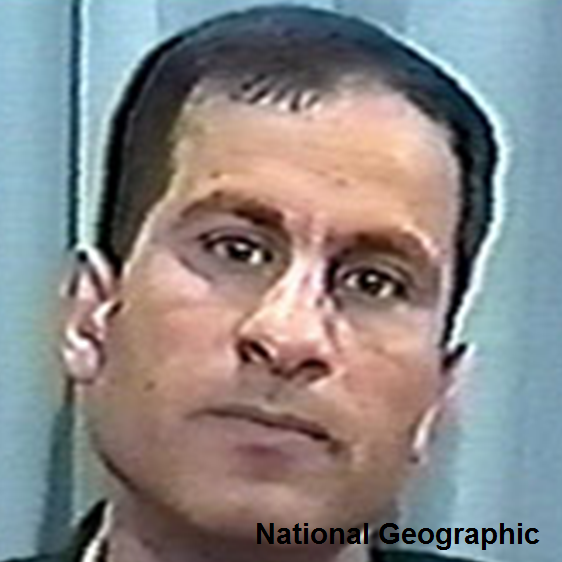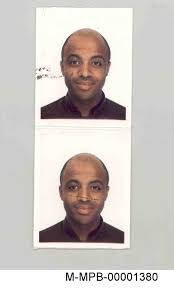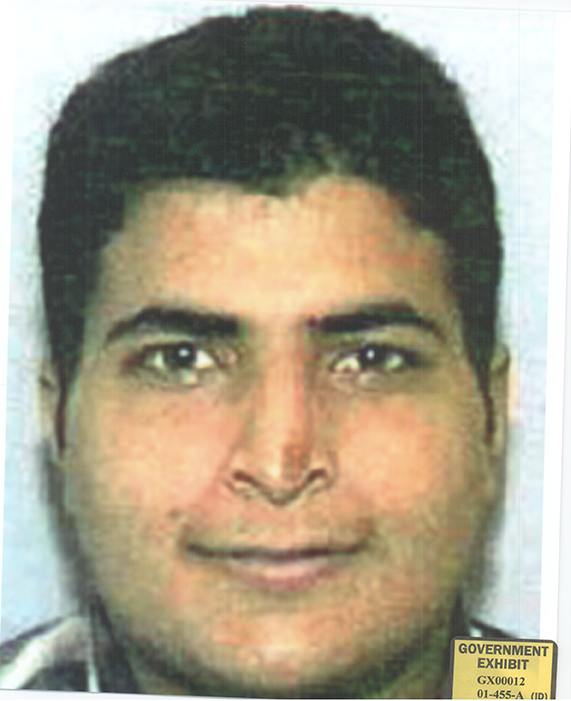The Military Intelligence Board (MIB) meets and discusses the issue of “need to know.”
The board (made up of senior directors of the Defense Department intelligence components) coordinates activities of the defense intelligence community, sets policies, and coordinates allocation of intelligence assets.
According to the Joint Inquiry into Intelligence Community Activities Before and After the Terrorist Attacks of September 11, 2001, a top secret-level Senate Intelligence Committee inquiry, the DIA representative said that most of military intelligence had moved away from “need to know,” the doctrine of restricting the circulation of intelligence, even inside classified systems, to protect “sources and methods” regarding the origins of the intelligence. In most cases, this also facilitated the creation of then emerging networks and information architectures that allowed analysts to openly share information, or at least to query other-agency databanks, to find intelligence hidden within the vast American collection machine.
The board took note of that fundamental difference with the CIA, which adhered to the principle of need to know “as a foundation” and rarely shared raw intelligence with the defense agencies. According to the partially declassified Joint Inquiry, “the DIA attendee concluded that the defense intelligence community would not be able to bridge the gap with CIA on this information sharing issue.”
It was an important pre-9/11 discussion because, after the attacks, the CIA and FBI blamed “The Wall” between intelligence and law enforcement—a Clinton administration rule—that sought not to contaminate investigative material so that it was unusable in a court of law, and also segregated intelligence that could not be divulged in court from influencing an investigation if the intelligence could not be part of grand jury and legal proceedings.
Both agencies used The Wall to justify not sharing, but that was never its intent, particularly when it came to time sensitive information that was immediate use, such as in stopping a terrorist attack. Lost in the post-9/11 blame game was the cultural reason for not sharing.
